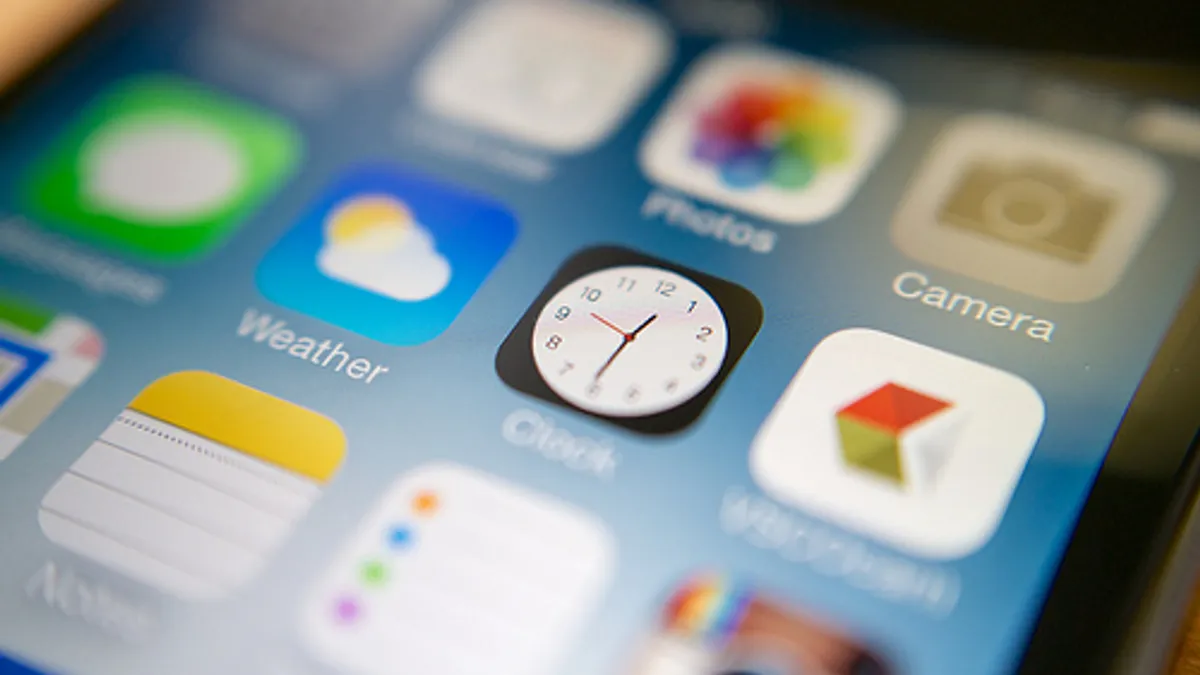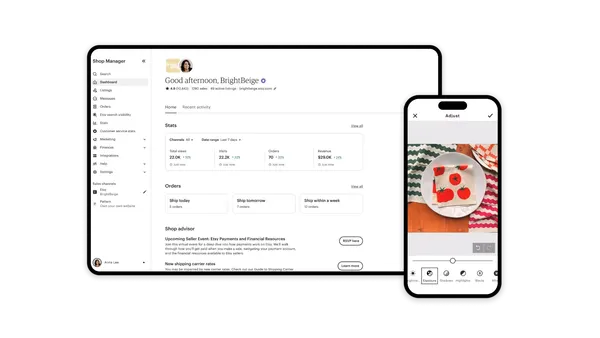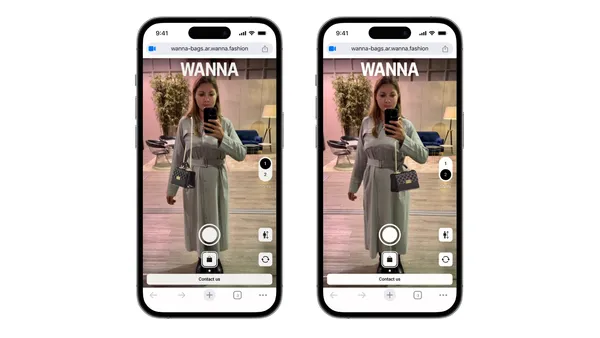For a while now, retailers have been eager to capture the potential encased in every customer's smartphone while the customer is physically within the confines of their brick-and-mortar stores. Now, Apple's iBeacon technology seems to offer that holy grail — the ability to connect with customers, to find out where they are in the store, to entice them with deals, to show off products, and to tailor all of this to each shopper's proclivities while they're walking through the aisles.
We’ve seen the ultimate potential in indoor beacon technology, actually — in the movie Minority Report. In one scene, where Tom Cruise walks through a shopping strip getting bombarded by personalized advertisements ("John Anderton, you could use a Guinness right about now!"), the technology even apparently glitches, calling Cruise’s John Anderton character “Mr. Yakamoto” and asking him about the assorted tank tops he’d previously purchased. The sequence is obnoxiously intrusive, a little creepy, and, perhaps worst of all, the oh-so-sophisticated technology got it wrong.
Well, Apple’s iBeacon has arrived in stores and could easily be seen as a solid first step on the path to that level of retailer-consumer interaction. iBeacon technology is an indoor positioning system that employs Bluetooth low energy. Low-cost transmitters installed in single stores detect consumers via their phones and beam welcome messages and coupons as they move about the aisles and stop at product shelves.
IBeacon is in place at select Apple stores, Giant Eagle and Safeway stores in some cities, at Macy’s in San Francisco and New York, and, announced just last week, in 100 American Eagle Outfitters clothing retailers nationwide. Last year, Major League Baseball announced it would use the technology in its stadiums to interact with fans, showing them to their seats and sending them coupons for foods and merchandise.
In practice, the systems so far have had mixed results, with customers receiving multiple welcome messages and inaccurate hints about products they were supposedly (but not really) perusing on product aisles.
It’s still early days, however, and those kinds of kinks can surely get worked out. Larger questions remain about how the technology evolves and how well it is received by its targets, the consumers:
First of all, will consumers put up with the invasion of privacy the technology requires?
Traditionally, a nice clerk greets you at a store entrance and asks if you need assistance. If you decline, she leaves you alone. This technology is more insistent than that, but early research by Swirl Network suggests consumers will accept the intrusions, as long as retailers’ messages are well-targeted and there’s something in it for them. That survey, conducted by ResearchNow of 1,000 people, found that messages were most unwelcome when the coupons were irrelevant to their needs or interests. But 62% said they’d use retailer mobile apps in the store if they matched their needs and saved them money.
Consumers desire some amount of honesty from retailers that access their phones.
Nordstrom and HomeDepot stores ended an experiment with Euclid Analytics, which uses in-store wifi to track people’s phones. Although Nordstrom posted signs in its stores and on its website, consumer backlash that resulted in bad press led to the retailer ending the practice. With Euclid, no personal information was mined, yet many — too many, as it turned out — consumers were uncomfortable with what they perceived as an invasion of their privacy.
This Yes-I-Will/No-I-Won’t attitude by consumers shows that retailers should take a thoughtful approach to using location services and creating personal interactions with customers, because overreach could cause a backlash. Privacy experts are already worrying about iBeacon, and movements like Do Not Track Me, similar to the Do Not Call list, are afoot. New York Senator Charles Schumer (D-NY) is working with the Future of Privacy Forum to develop codes of conduct for retailers using potentially invasive technology, as well as opt-out provisions and advocacy information for consumers.
If retailers get it right, though, both they and their customers could stand to benefit. Isn’t that right, Mr. Yakamoto?
Would you like to see more retail news like this in your inbox on a daily basis? Subscribe to our Retail Dive email newsletter! You may also want to read Retail Dive's look at 7 retail training videos that haven't aged well.













